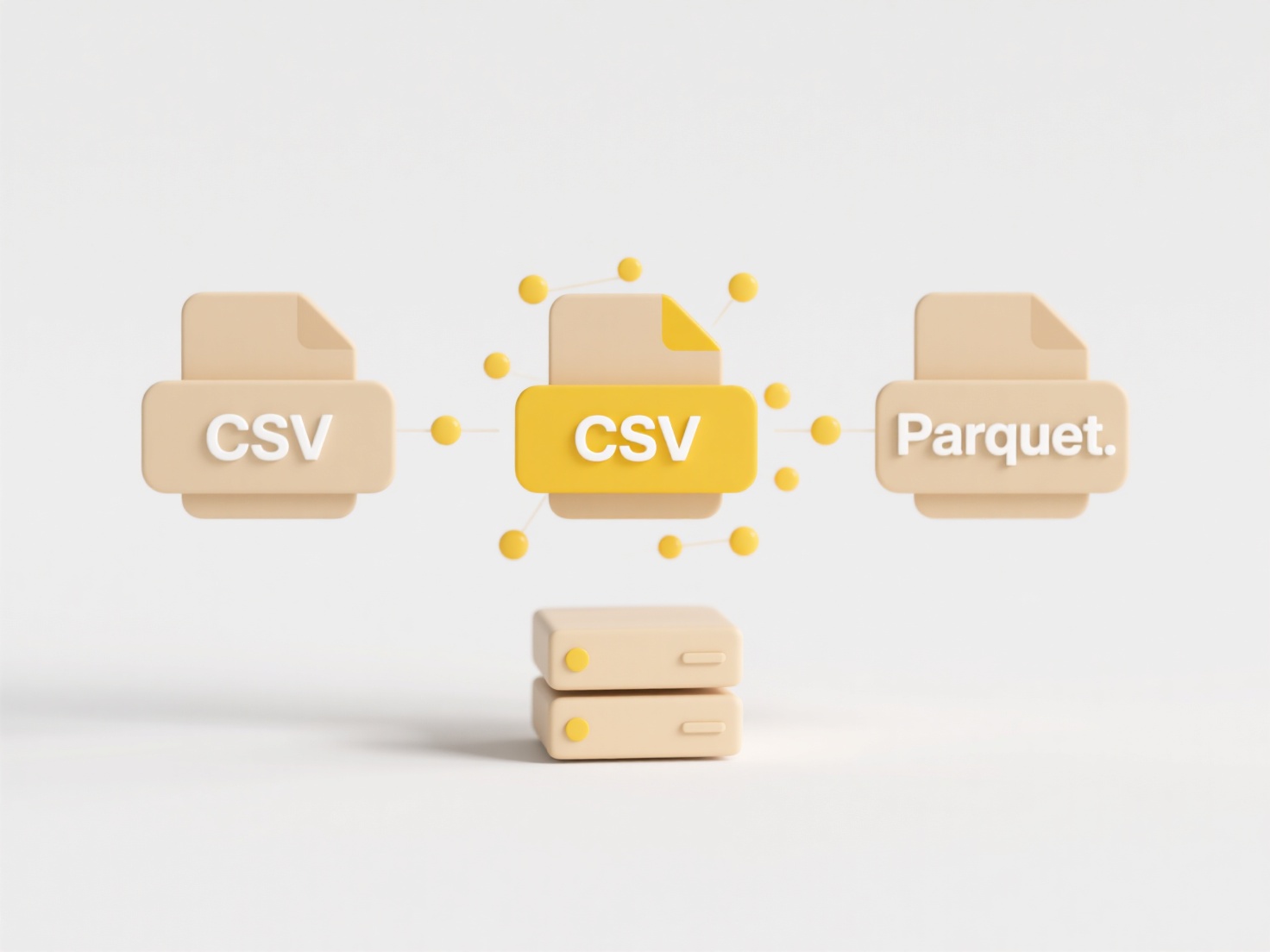
A universal naming format that works consistently across devices and systems is the Uniform Resource Identifier (URI). URIs provide a standardized way to identify resources like files, websites, or devices regardless of the underlying hardware, operating system, or location. They replace device-specific or local naming schemes (e.g., C:\MyFile.doc or /home/user/file) with globally unique and predictable identifiers. The two most common URI schemes are URLs (pointing to resource locations, like http://example.com) and URNs (persistent unique names, like urn:isbn:0451450523).
URIs enable practical interoperability in everyday technology. For example, clicking a web URL (https://website.com/document.pdf) opens the correct file in any browser on any smartphone, tablet, or computer. Similarly, book publishers use ISBNs (a URN format like urn:isbn:978-1234567890) to uniquely identify books across global inventory systems, libraries, and retail platforms without device restrictions.

Key advantages include universal accessibility, simplified sharing, and system-agnostic operation. However, complexity can arise in managing uniqueness at scale, and security risks exist if URIs expose sensitive paths. Ethically, standardized naming promotes open access but requires governance for fairness in allocation. Decentralized systems (e.g., blockchain-based identifiers) represent evolving alternatives enhancing persistence and reducing central control. Adoption remains high due to foundational internet infrastructure reliance.
What’s a universal naming format that works across all devices?
A universal naming format that works consistently across devices and systems is the Uniform Resource Identifier (URI). URIs provide a standardized way to identify resources like files, websites, or devices regardless of the underlying hardware, operating system, or location. They replace device-specific or local naming schemes (e.g., C:\MyFile.doc or /home/user/file) with globally unique and predictable identifiers. The two most common URI schemes are URLs (pointing to resource locations, like http://example.com) and URNs (persistent unique names, like urn:isbn:0451450523).
URIs enable practical interoperability in everyday technology. For example, clicking a web URL (https://website.com/document.pdf) opens the correct file in any browser on any smartphone, tablet, or computer. Similarly, book publishers use ISBNs (a URN format like urn:isbn:978-1234567890) to uniquely identify books across global inventory systems, libraries, and retail platforms without device restrictions.

Key advantages include universal accessibility, simplified sharing, and system-agnostic operation. However, complexity can arise in managing uniqueness at scale, and security risks exist if URIs expose sensitive paths. Ethically, standardized naming promotes open access but requires governance for fairness in allocation. Decentralized systems (e.g., blockchain-based identifiers) represent evolving alternatives enhancing persistence and reducing central control. Adoption remains high due to foundational internet infrastructure reliance.
Quick Article Links
Can local files be synced to multiple cloud services at once?
Syncing local files to multiple cloud services simultaneously means automatically copying and updating your computer's f...
Can cloud sync create infinite file duplication loops?
Cloud sync creates infinite file duplication loops when specific conditions in the synchronization rules and file handli...
What’s the best way to structure a shared drive?
Structuring a shared drive effectively means creating a clear, logical system for organizing files and folders within a ...